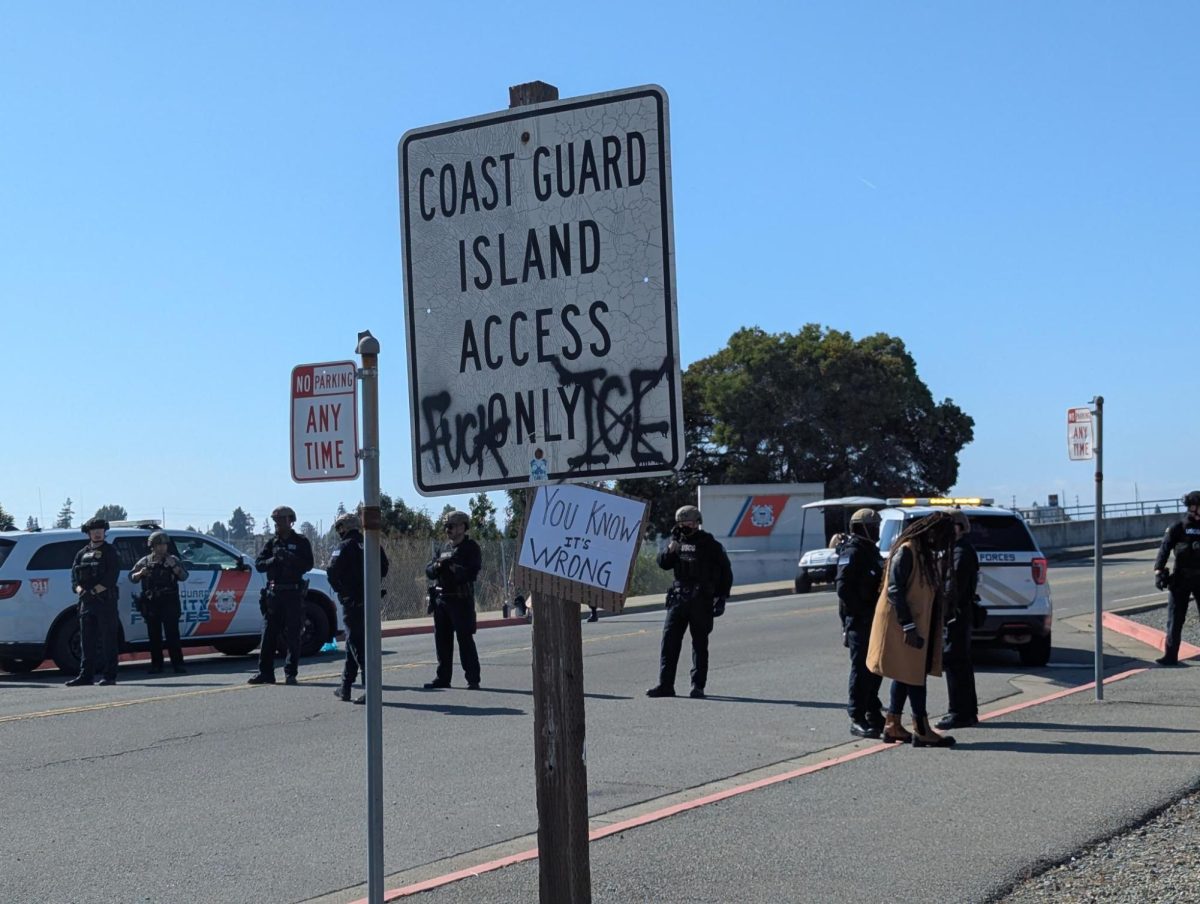
When Miami Florida reggae group Inner Circle recorded the song “Bad Boys” for their 1987 album “One Way,” the world hardly took notice. Film director John Langley saw something in the song, and in 1989 used it as the theme music of his boundary-pushing reality program “Cops.” The song instantly became an anthem and upon re-release topped at number 7 on Billboard’s mainstream top 40 charts in 1993. The undeniable success of the once passed-over track inspired the “Bad Boys” film franchise, with the first installment directed by Michael Bay released in 1995.
The Bad Boys films follow two detective partners, “Bullet-proof” Mike Lowrey played by Will Smith, and Marcus Burnett, played by Martin Lawrence. The two detectives solve the toughest drug crimes in glamorous Miami while maintaining an odd couple-esque bickering feud. While they are both gregarious, outspoken narcissists, Lowrey is a single womanizer who is neurotic about clothes and cleanliness. Burnett is a sloppy, absent-minded, family man. The two are the bane of their cigar-chomping police captain, Captain Howard, played by Joe Pantoliano.
The latest film, directed by the team of Adil and Balil, “Bad Boys for Life,” finds Burnett beginning a new chapter in his life as a grandfather. He tries to convince Lowrey they should retire while encouraging Lowrey to find love and settle down. The two argue over and decide to use a foot race to settle their tiff. As Lowrey leaves Burnett in the dust, he turns to gloat, pacing backward with his arms open. At this moment, an assassin rides up on a motorcycle, shooting Lowrey in the stomach while doing a nose wheelie.
Burnett prays to God for Lowrey’s life and promises to give up violence in return for his recovery. His prayers are answered, and eventually Lowrey returns to detective work hell-bent on vengeance. Burnett rescinds his deal with God about violence and joins Lowrey on the Advanced Miami Metro Operations (AMMO), a group that uses tech and intelligence instead of brawn and bullets to fight crime. Here the bad boys are paired with their millennial counterparts, and a true clash of culture ensues. AMMO is also led by an old flame of Lowrey’s, Lieutenant Rita, and hope for him to find love is planted in the audience. As AMMO works to find Lowrey’s shooter we learn Lowrey’s secret history pre-partnership with Burnett.
While not as strong as “Bad Boys II,” “Bad Boys for Life” fits snuggly in the canon. As with the other Bad Boys films, the dialogue is collage-style designed more for sound bites than cohesion or plot progression. As viewers, we have been trained to accept the unbelievable in action films, in “Bad Boys For Life,” the story feels inherent and little surprises occur.
This is the film’s charm and appeal. When the “Bad Boys” franchise began, it was riding a wave of popularity for films like “Die Hard” or “Lethal Weapon,” off-beat heroes perform the impossible during golden sunsets or fantasy night clubs. The protagonists of these movies were outspoken and defined heavily by their firm likes and dislikes.
At the franchise inception, Lowrey and Burnett are young and savvy, branding a new style of on-screen detective. Almost a quarter-century later, their toxic masculinity and bravado are more quaint than edgy. When the two both balk at the suggestion of therapy and shudder as though they were catching cooties, it triggers nostalgia in the audience for simpler times. Lowrey and Burnett have transitioned from immortal to fragile making their successes in this late stage more triumphant.
“Bad Boys For Life” is familiar and comforting, satisfying for loyal fans, and a treat to newcomers.

























